There are many reasons to grow a wildflower patch or meadow in your yard.
Wildflower areas support pollinators, attract bees, butterflies, hummingbirds, and more, and generally do more for nature and wildlife than a patch of grass or lawn.
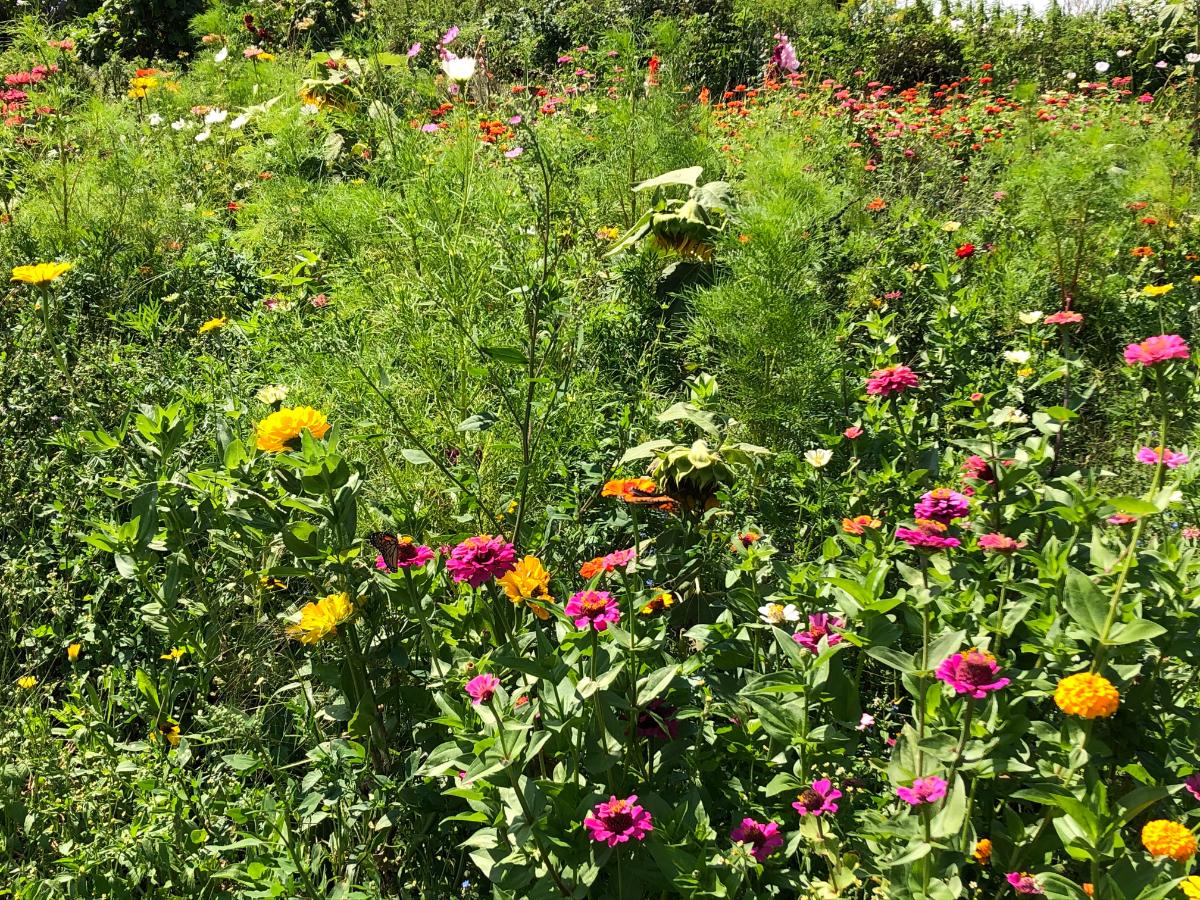
Plus...you get flowers!
Lovely flowers that will regrow year after year.
Installing a wildflower area takes a little work but isn’t too hard to do, really. Let’s look at how it’s done.
Jump to:
- Choose Your Wildflower Seed
- What to look for in a good wildflower mix
- Buy enough seed for the area you’re covering
- Prepare the Bed
- Kill the weeds and existing plants and grasses
- Say yes to tilling this time
- Sowing the Seeds in Your Wildflower Patch
- Measure out the amount of seed recommended for your area
- Mix with sand or dry soil for easier spreading
- Split the seed into two sets
- Sow North and South, East and West
- Establish Seed to Soil Contact
- Wildflowers need light to germinate
- Water Immediately After Spreading the Seed
- Keep New Wildflower Plantings Watered Regularly
- Weeding Out Unwanteds
- Embrace the Beautiful Chaos
- Answers to Wildflower FAQ’s, Tips, and Facts
Choose Your Wildflower Seed
The first thing you need to do is choose your wildflower mix.
If you’re not too picky, you can pick up a bagged or boxed mix at your local garden center or home improvement store. These mixes are generally fine, but they are not as targeted to specific locations as some wildflower seed mixes are.
There are some companies that specialize in mixes for select regions or locations. If you can find one for your area, that’s the best choice.
Select wildflower mixes will be tailored to include flowers that belong in your location (i.e., are not invasive) and that are known to grow and thrive in your area.
Ideally, you want a mix with a combination of self-seeding annuals and perennial flowers so that your wildflower patch will last for many years. You’re investing a lot of time, money, and effort, so get the most you can out of it with something that will come back every year!
What to look for in a good wildflower mix
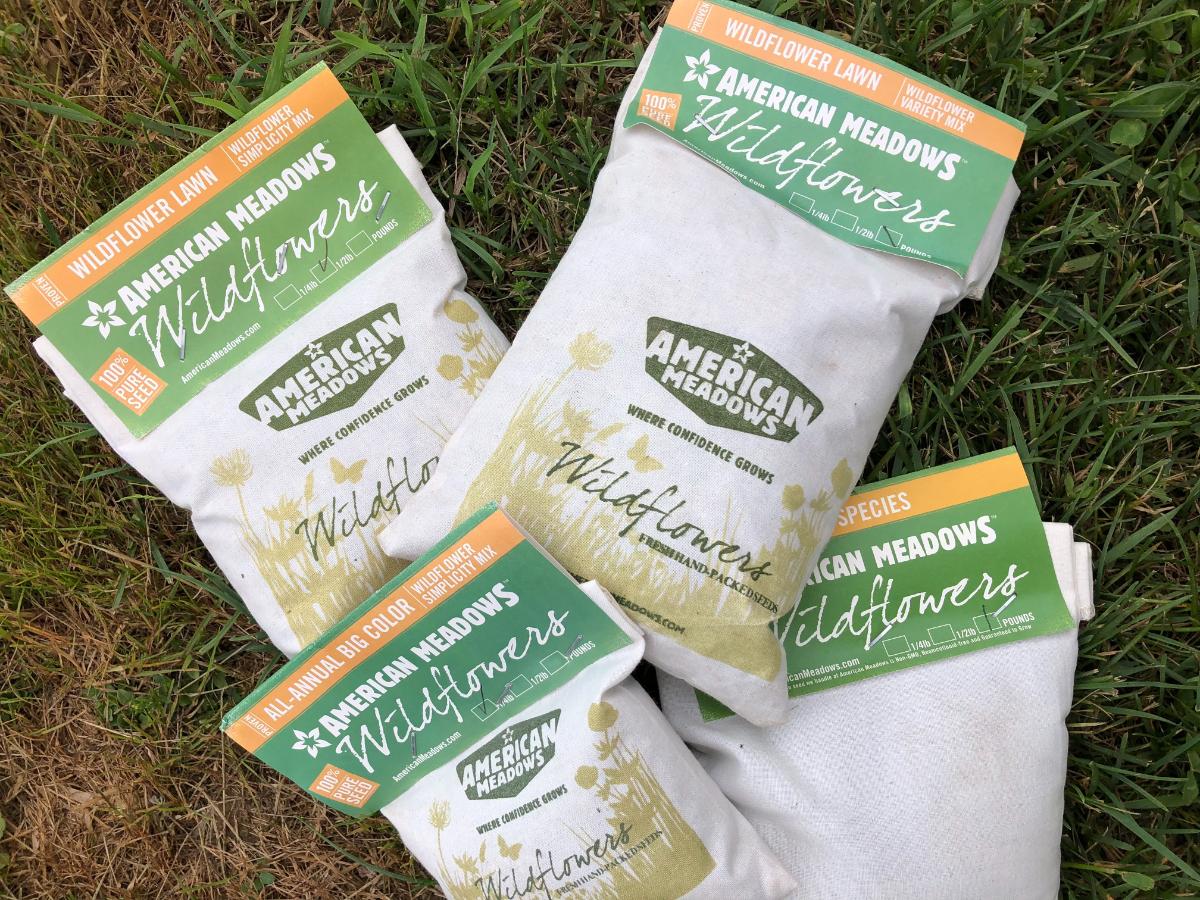
- Ideally, the seed contains a mix with at least some natives
- No species that are invasive in your area
- Perennial flowers
- Annuals are nice, too (they give you good, fast color for the first year, often reseed, and also help to outcompete weeds)
- Flowers that reseed
- Suited to your soil (Is your soil sandy? Loamy? Wet? Dry?)
- Suited to your light and the seeds’ light requirements (Full sun? Partial shade? Full shade? There is a mix for everything, but it’s important to match the right seed mix to the right amount of available light)
- Suited to your climate conditions
- Includes perennials or reseeding flowers that will survive in your zone or zone equivalent
A mix of perennials and flowers that are self-seeding (even if they’re annuals) will set you up for a long-lasting wildflower bed that will regrow every year.
Buy enough seed for the area you’re covering
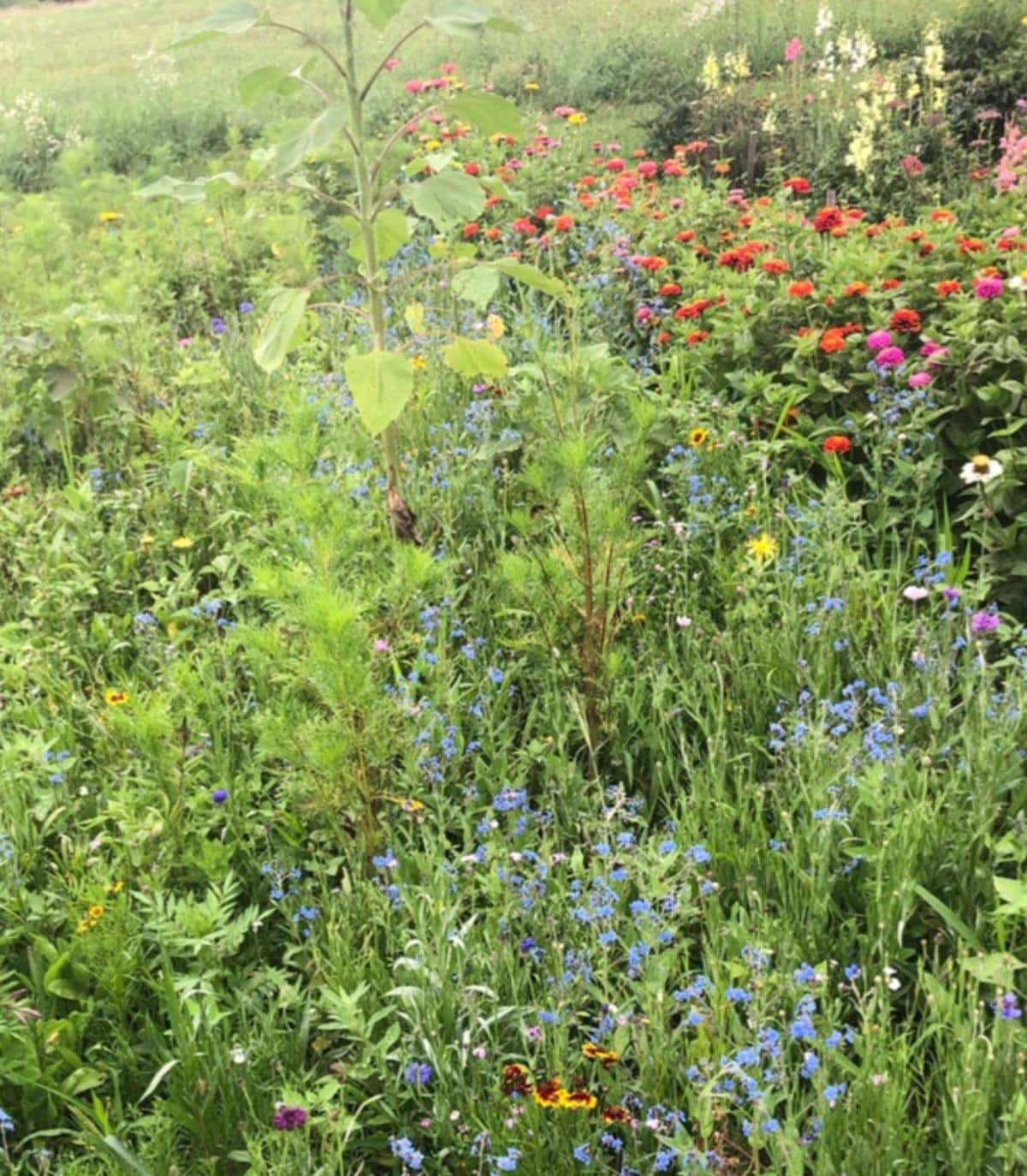
Once you’ve decided on your seed, read the label and instructions to find out how much ground it can cover.
You don’t want to skimp on coverage because then you will have too sparse a planting and weeds and grasses will have the room they need to take over your wildflower patch.
- The website description or box/bag label will tell you how many square feet of area the mixture will cover
- When you spread, you’ll need to adjust accordingly to make sure you’re not spreading too thickly to get the recommended coverage
- Figuring out the area of your patch is easy – just measure the length and the width of the patch and multiply the length times the width
- Length x width = square area
- Example: 35 feet x 25 feet = 875 square feet
Prepare the Bed

You will need a well-prepared bed to establish the wildflower seed. This isn’t hard, and the soil doesn’t need to be stellar for wildflowers to grow (because they are hardy survivors), but the seed will need good, direct contact with the soil and loose soil in which to set its tiny roots when germinating.
More importantly, your wildflower seed needs to not have to compete with existing weeds and grasses. They will only choke out your wildflower seed.
Kill the weeds and existing plants and grasses
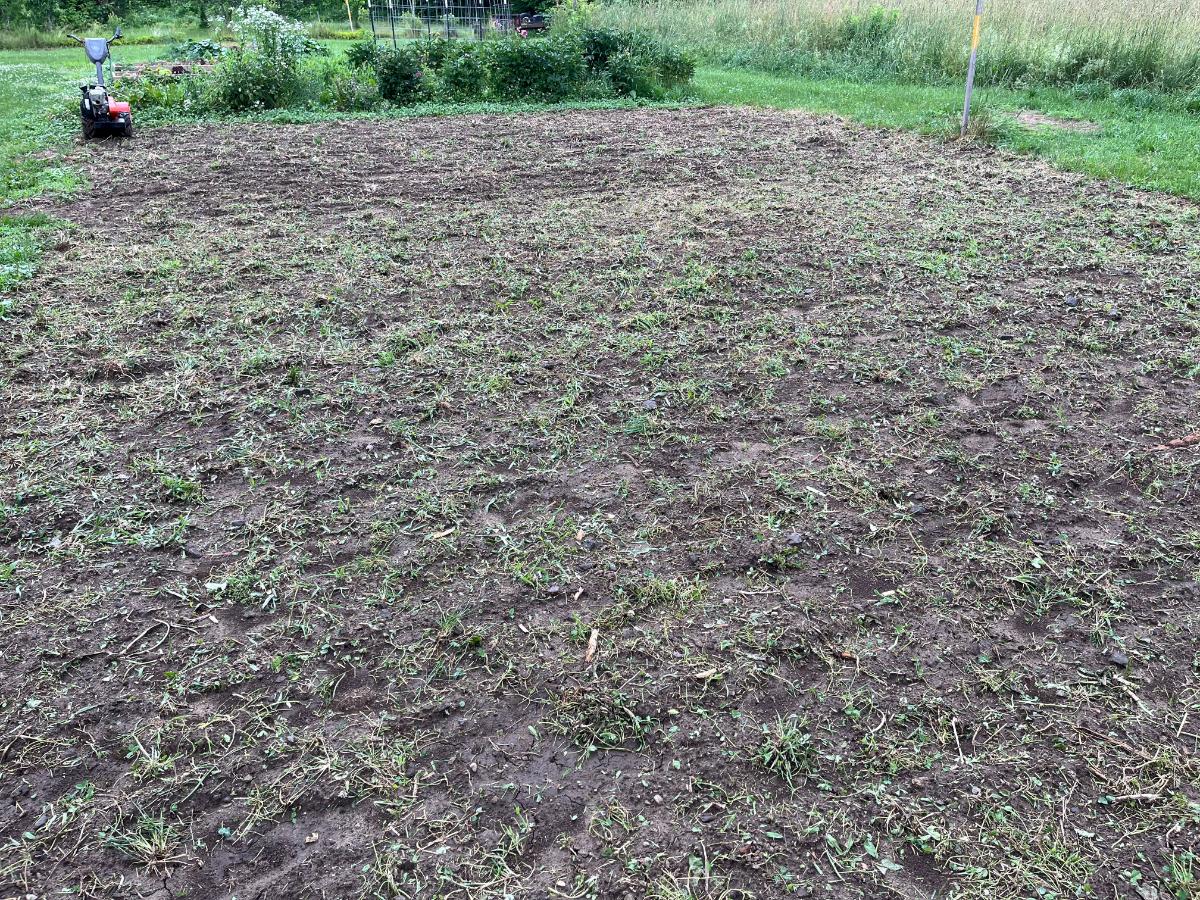
The most important thing is to get rid of any existing grasses, plants, and weeds. They will be too well established for the wildflower seed to compete with them.
It is not advised to simply spread wildflower seeds over a grassy area. You won’t have a very good result; few will germinate or take root, and you’ll mostly be wasting your time and money.
There are a few options for killing grass, plants, and weeds in the existing area:
- Smother the existing plants with a layer of black plastic or heavy black (light-blocking) landscape fabric. This will take about two weeks, possibly more, so you’ll need to plan time into the process
- Solarize the area with clear plastic. This works by overheating the area and killing the plants as well as seeds that sprout. This method does a good job of killing existing and future weeds, but it would have to be done late in the spring or in the summer because you need high temperatures for this to work. It takes a few weeks, too, which can make it hard to fit in with enough time to plant.
- Rototill the bed. This is the fastest option. You may bring some weed seed to the surface, but this is the best option for a good start because it fluffs and aerates the soil, kills long-rooted grasses and plants, and gives you a good seed bed to establish your wildflower patch.
Say yes to tilling this time
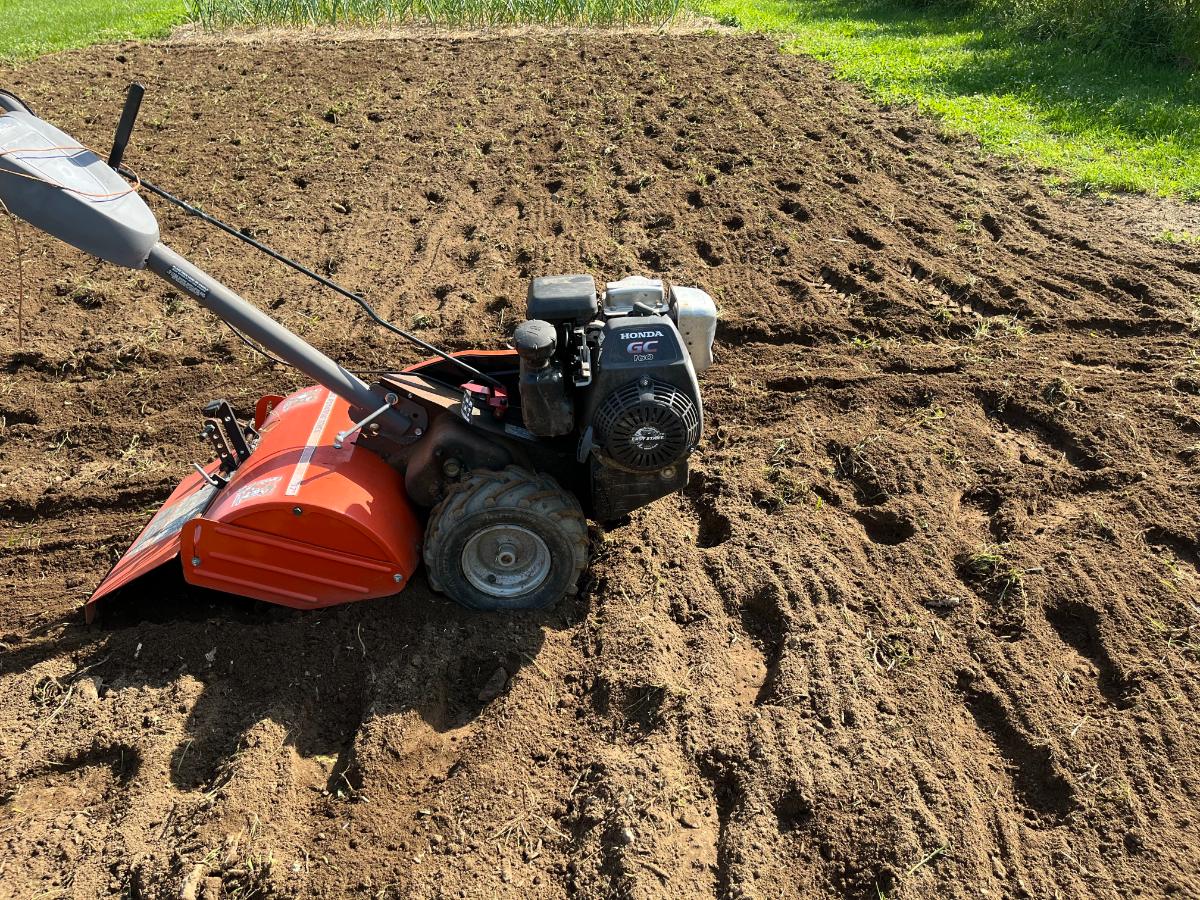
There are many opinions on whether or not to till garden beds, but in this instance, it is recommended.
Tilling makes the best bed for the wildflower seed. Though some weed seed may come up, the wildflowers should compete easily enough with it, and you can clip or pull out weeds later on.
Since you are establishing a perennial bed, you will not be tilling this patch year after year, which means you will not be subjecting the soil to the negative aspects of repeated tilling. The benefits outweigh the negatives in this case.
You’re giving a lot back to pollinators, wildlife, and beneficial bugs once the patch is set up and there to stay.
Also, while solarizing and smothering will kill grass and weeds, they can negatively impact beneficial soil dwellers, too. They also do nothing to fluff the soil below. They sometimes will result in more soil compaction.
At the end of the day, dead areas created by solarizing and smothering only help to kill the plants, but they don’t give the wildflowers good, light soil conditions in which to germinate and grow.
Sowing the Seeds in Your Wildflower Patch
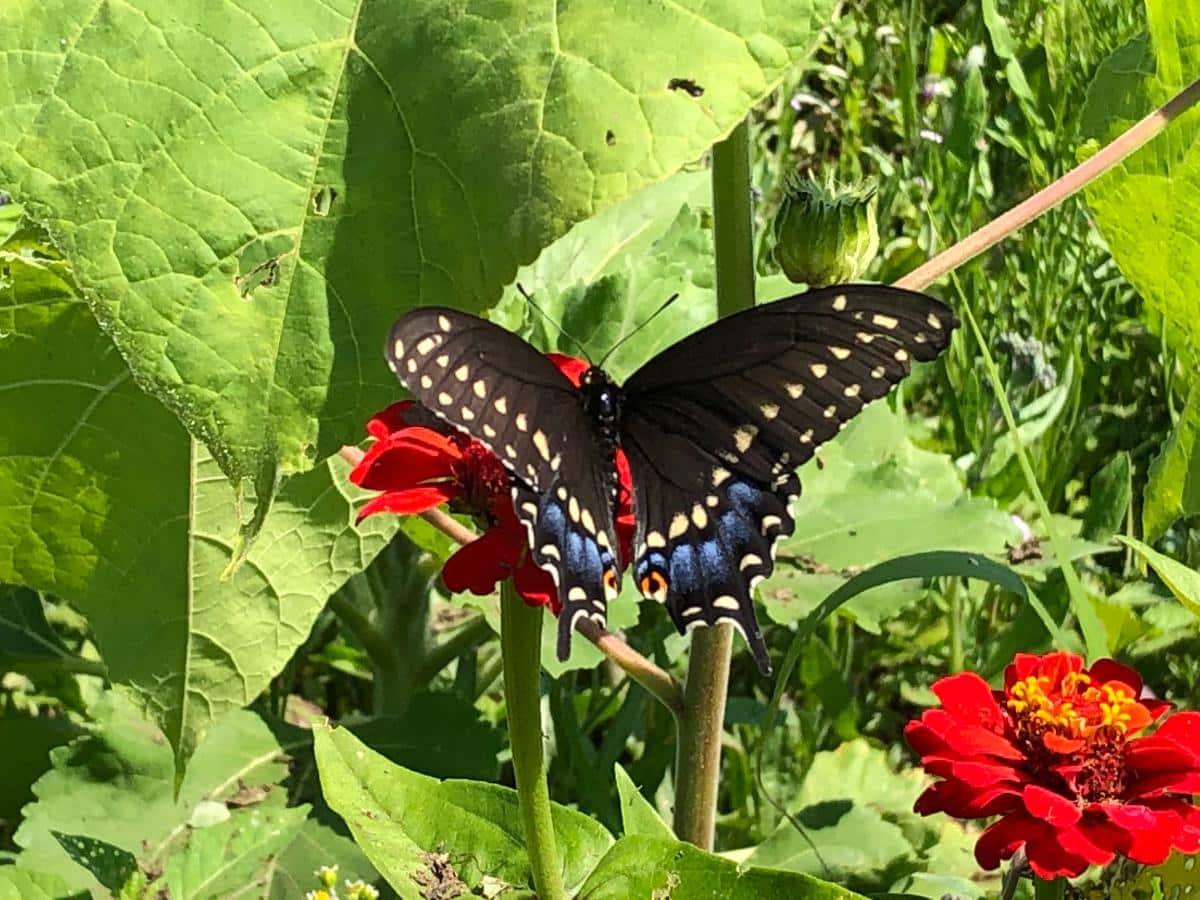
Sowing the seeds can be as simple as hand spreading. There are a few tips that will help ensure you get the right amount of seed spread and the right coverage.
Measure out the amount of seed recommended for your area
- First, measure out (into a bowl or bucket) the amount of seed that you need for the amount of area you’re covering.
- You definitely do not want to under-plant the seed. That will result in a sparse, spotty planting and in too much area where weeds and grass will fill in.
- You shouldn’t overplant by too much, either, because that crowds out plants and creates too much shade, and then the flowers compete too much with each other. According to American Meadows, overplanting is a more common problem than underplanting!
- A close estimate of the seed is fine
- If the label or instructions say, for example, that the mix covers 400 square feet (a 20 ft x 20 ft area), but your area is only 15 ft x 20 ft, your patch is only 300 square feet. Therefore, you should only use ¾ of the mix so that you do not overplant.
- If you don’t need the whole box or bag, store it and save it for another use or area
Mix with sand or dry soil for easier spreading
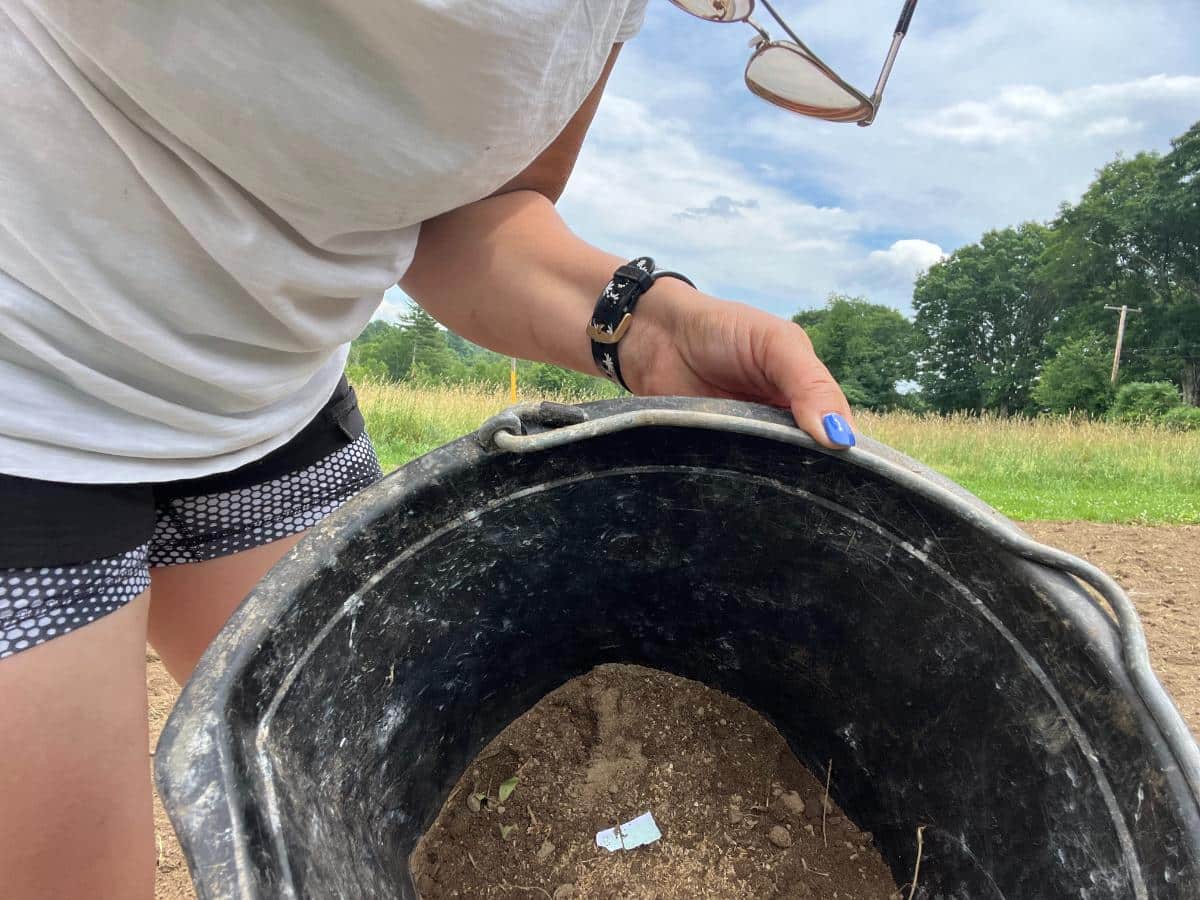
Wildflower seeds are small, and a little goes a long way. It can be difficult to get enough weight and volume to evenly spread the seeds over a large area.
To accommodate for this, after you measure out how much seed you need, mix all the seeds in a bucket with a small amount of sand or soil. Make sure the sand or soil is dry!
Mix through for an even seed-to-dirt distribution.
You will find it much easier to evenly spread the seed this way. If you are using a spreader like a lawn or grass seed spreader, you’ll find that the sand helps to move the seed through at a slower rate that is easier to control.
Don’t worry that the coverage rate will be affected by this step – it's all proportional, and this is why the seed was measured first.
Split the seed into two sets
Now, divide the soil and seed mixture into two equal parts.
You’ll get the best coverage and best distribution if you work in two seedings.
Sow North and South, East and West
To make sure you get enough coverage and all the area covered without leaving lines or bare spots, spread seed in both directions.
- First, walk in one direction down the length of the field, such as North to South
- Continue spreading in this direction until the first half of the seed is used
- Then, spread the seed in the other direction, going the width of the area or East to West
- Continue in this direction until the second half of the seed is all spread
- The order of the direction really doesn’t matter as long as you go in two directions for even coverage and overlap
- It’s fine to go back over the areas if you find you didn’t spread the seed heavily enough
- Just make sure you use all the pre-measured seed mixture for the area and size of the patch
- If you pre-measured your seed and made your sand/seed mixture, you need to use it all to get the right coverage
Using a grass or seed spreader
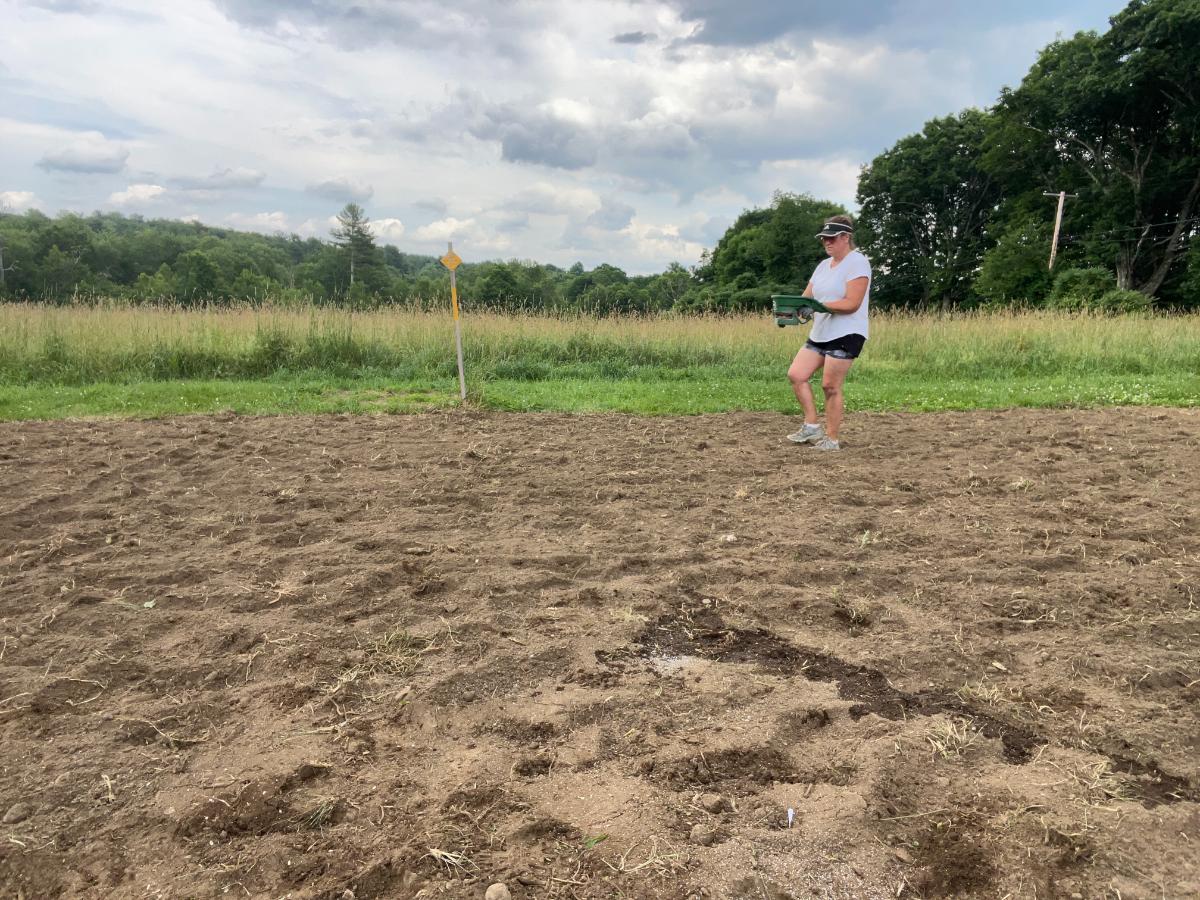
A bulk seed spreader, like a spreader made for sowing grass seed, can work well as long as it doesn’t feed the seed too quickly.
If you choose to use a seed spreader:
- Make sure the spreader is clean and clear of any old grass seed or other seed – you don’t want to add weeds and grass back into your wildflower patch after you’ve prepared it and killed it all!
- Do a little test with plain, dry soil to see how far the spreader spreads
- This will give you an idea of how far in you need to stay in your soil area so that you are not over-seeding outside the patch (this would be a waste of seed)
- Start with a small opening – the seed may feed out fast
- Adjust as needed as you go
Sowing by hand
It’s fine to spread your wildflower seed by hand, too, if you don’t have (or don’t like) using a seed spreader.
For some small seeds, it can be harder to use a spreader because the seed doesn't feed out of the opening easily, or it may fall too fast.
If you need or prefer to sow by hand, walk the length of your wildflower patch and spread handfuls of seed evenly with a wide, sweeping arm and hand motion.
Continue to spread until you’ve used the amount of seed that is recommended for the square footage of area that you have.
Establish Seed to Soil Contact
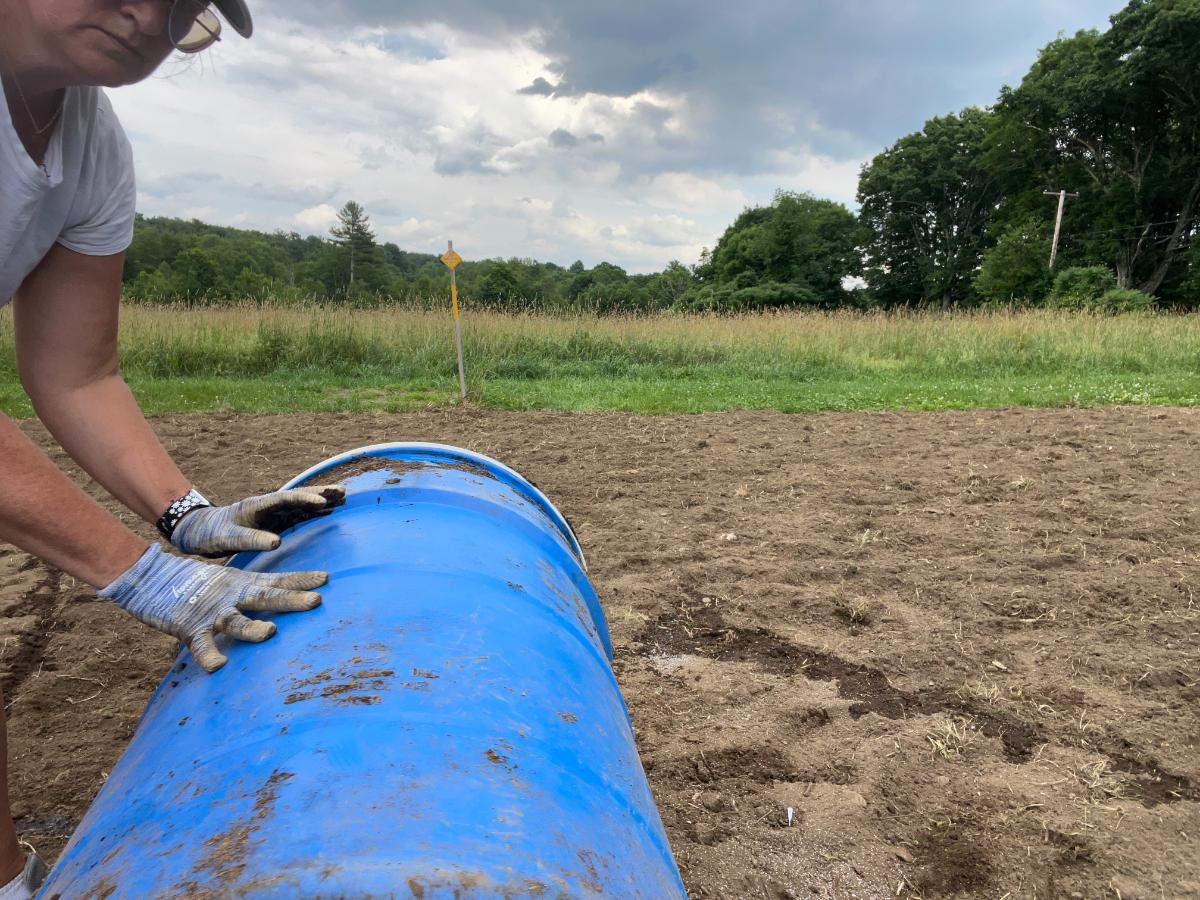
Wildflowers need to establish seed-to-soil contact to grow. Seed sitting on top of the soil without good contact with the soil will dry out and will not be triggered to grow.
There are a few different ways to do this, even in a home garden or patch and even without large tools or tractors.
- If you have a lawn roller, roll over the entire area with the roller (this may be dragged by hand or behind a lawn tractor, depending on the style)
- If you don’t have a roller, use a large barrel. If you can weigh it with some water or dirt inside, that will help add weight and pressure, but even an empty barrel should do
- You can use an “old timer’s” trick of dragging a section of brush – basically a large, cut branch – over the entire area, which lightly damps things down and tickles the seed into the soil without burying it
- Set a piece of cardboard over part of the area, then walk over it to tamp down the seed and soil together
- Do the same with a piece of plywood
- Move the board or plywood section to section until the entire area is done
- Go over the area with your rototiller on a very shallow cultivating setting (this is not the first choice, but it does work; the problem is it might dig up some weed seed and/or may bury some seed a little deeper than is ideal)
- Water heavily with an overhead sprinkler to sink the seed into the soil
If you can’t tamp the seed and soil down, the watering trick should do it. Don’t try to create a pond, but do water until the soil is very wet and has been driven down some by the water.
Wildflowers need light to germinate
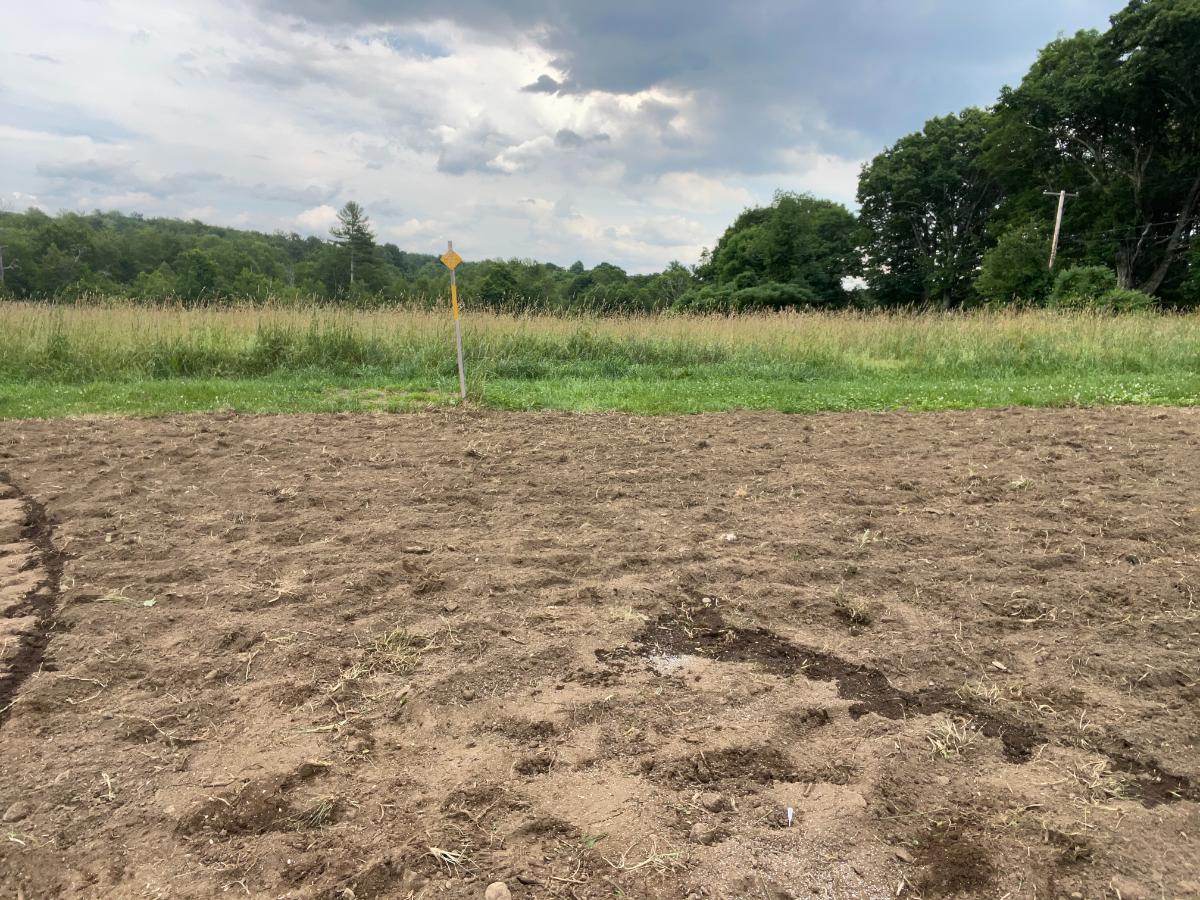
Wildflower seeds are small, and they won’t work up through deep soil.
The seeds need light to germinate, so don't bury or cover your wildflower seed.
Tamping or watering the seed into the soil will be enough cover.
There’s only one exception to this rule, and that is if you are planting on a hillside where wind or water erosion may occur.
In that case, you can use a very light covering of straw, thin scattering of pine needles, or a similar light mulch that the seed can work up through, just to prevent the seed from blowing or eroding away.
Water Immediately After Spreading the Seed
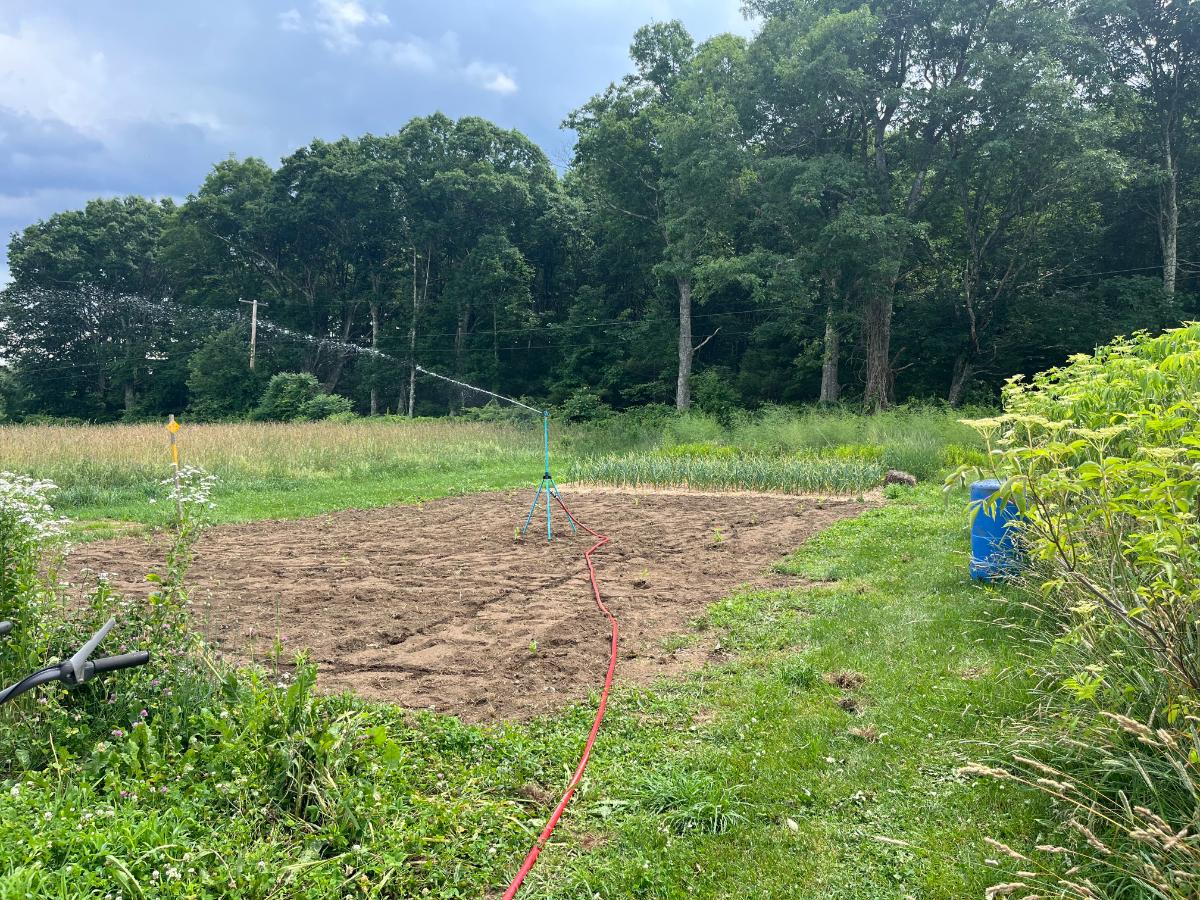
- Water the patch right after you spread your wildflower seed and after you tamp it down
- An overhead sprinkler is the best choice for watering your new wildflower meadow
- You want a light sprinkling of water that can soak in, not a strong, heavy stream that will wash seeds away
- Make sure your sprinkler reaches all areas of the new patch
- Use more than one sprinkler if necessary
- It is helpful to keep sprinklers set up as they will be needed for several weeks
This will increase your seed to soil contact and add weight to the soil and the seeds to stop them from blowing away.
More importantly, it gives the seeds the moisture to germinate quickly, not to start and stop, which impedes germination and may result in low germination rates. That will give weeds and grasses a chance to move in and choke out your wildflower seeds.
Keep New Wildflower Plantings Watered Regularly
You'll need to keep your new wildflower patch watered for several weeks until the seeds and young plants get established.
- Keep in mind that the seeds are on the surface of the soil, so in the beginning, soil moisture down in the ground won’t do anything for them – not until they have deeper roots
- Keep the top layer of soil (where the seeds are) moist
- Water your wildflower meadow regularly for the first four to six weeks
- In hot, arid climates, you may need to water daily
- In most other regions, watering every two or three days should be enough for your wildflowers to establish
- If you get good moisture from regular rain, you can skip watering but do fill in in between rains
- Water until the entire area is well moistened – not puddling or muddy, but keep the soil moist
- Once the seeds have roots and are two inches tall, you can begin to reduce watering and stop (unless it is very dry) after a month or so
- If the plants show signs of heat stress, water
Weeding Out Unwanteds
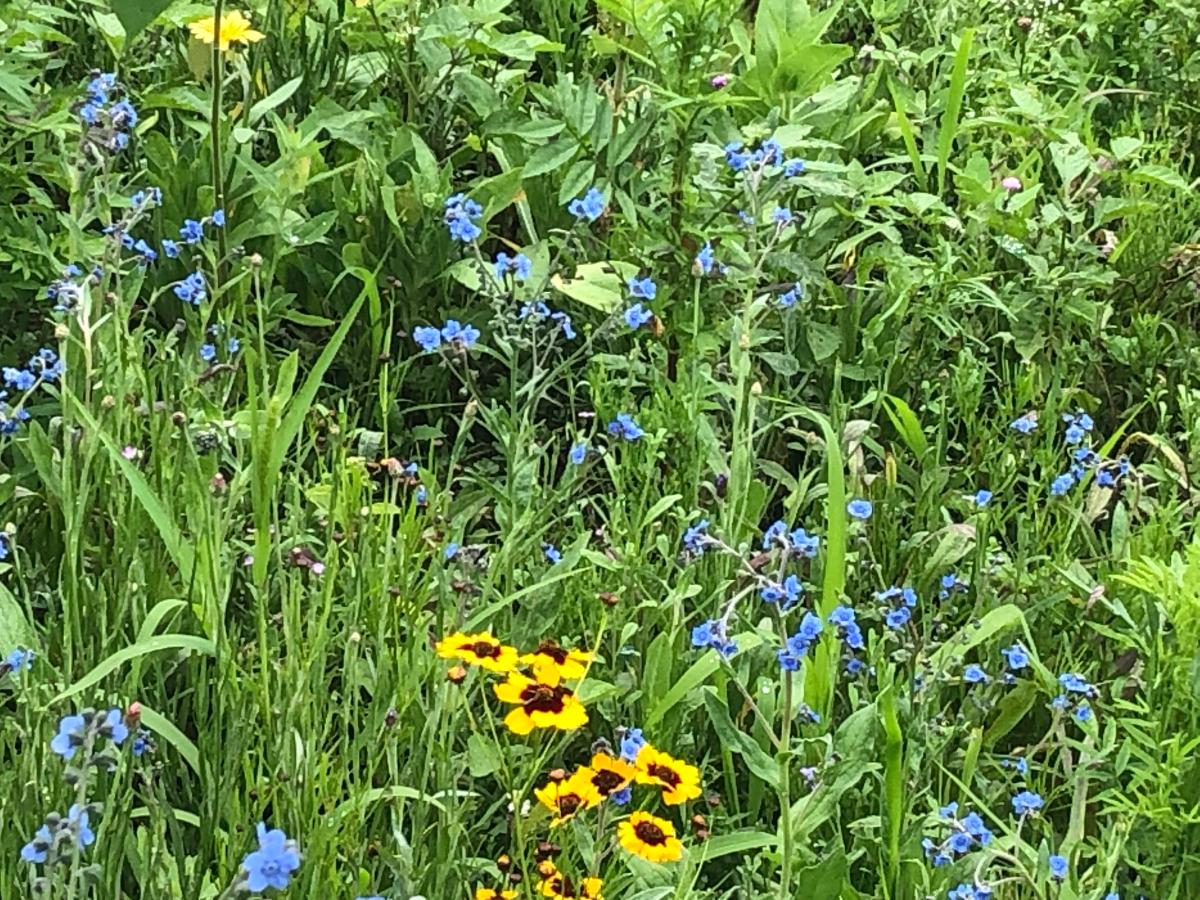
When seedlings are young, it can be hard to tell which are wildflowers and which are weeds. Once you can tell the difference, you should start removing any unwanted weeds.
- Wait to see what are really weeds
- Remember that many wildflowers look like weeds for a long time – wait to see if they bloom into flowers
- Remember that your wildflower mix will have flowers with scattered bloom periods so that the patch has color and beauty for a long time during the growing season
- Not everything that doesn’t have a flower yet is a weed!
- Only cut or remove weeds when you know they are weeds for certain
- Remember that what is usually considered a “weed” in a manicured garden may be part of your intentional wildflower mix!
- To remove weeds, cutting at the base of the stem is often the best way to do it – that way, you don’t accidentally pull up good wildflowers, too
- Over time, cutting will kill the weeds without ruining your wildflower patch
- You can gently pull up weeds, too, but be careful not to take too many flowers with them
- Do your best to cut or remove all weeds before they go to seed -- that will create a bigger problem!
- If you have large bare spots after weed removal, fill it in with more seed mix if you have some leftover, or collect or buy more seeds and fill in the spaces
- Fall is a great time to collect dried seeds from your flowers to fill in blank spaces!
Embrace the Beautiful Chaos
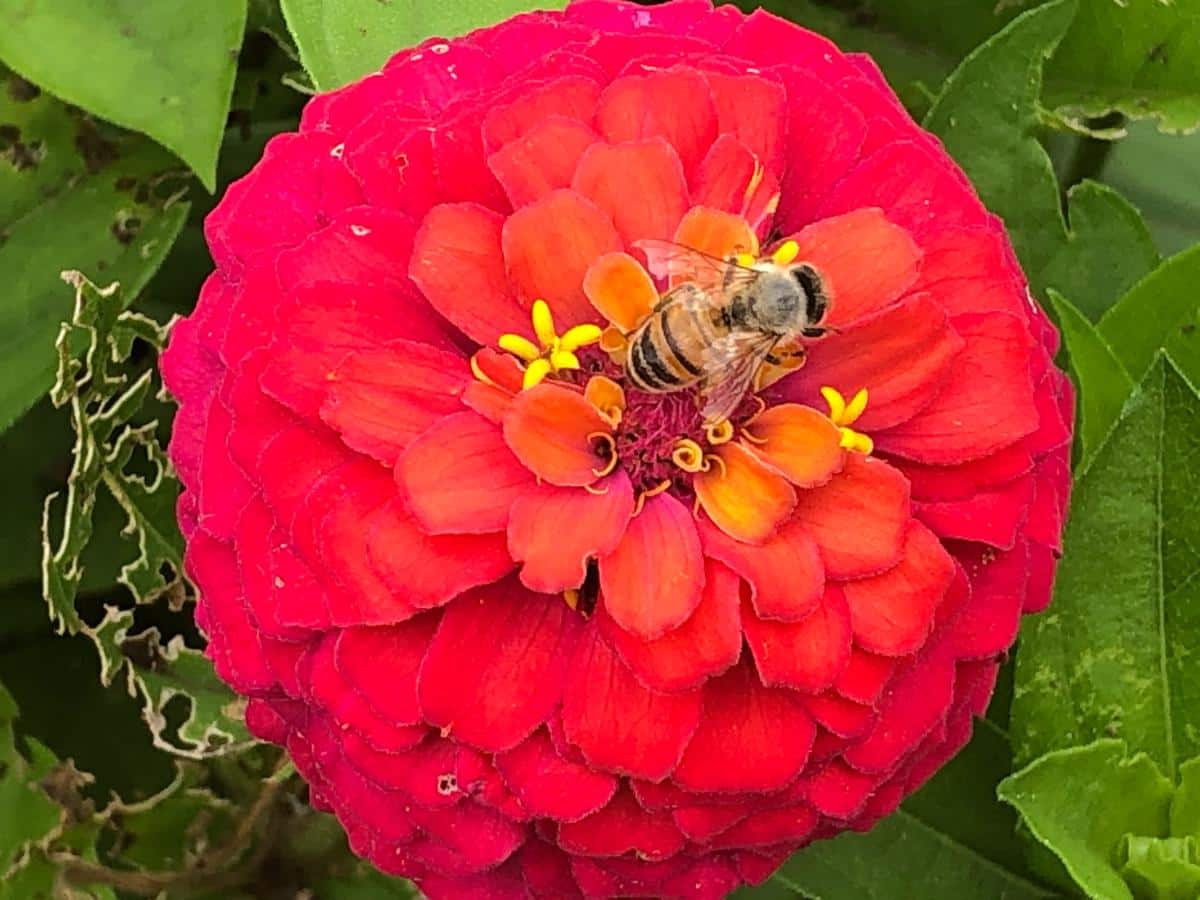
Keep in mind that a wildflower patch is meant to be just that – wild!
This is not the orderly, planned, everything-in-its-place garden full of rows and mulch and no weeds.
This is a place for beautiful chaos.
- Resist the urge to try to control your wildflower patch too much.
- While you do want to get rid of large weeds that might go to seed and outcompete your flower patch, an unplanned “weed” here and there or a few sprigs of grass isn’t necessarily a bad thing.
- Some of the things you may usually think of as weeds might actually be in your mix or might enhance your wildflower planting!
- Before you pull a weed that you’re not sure of, check the list of what is in your seed mix.
- Remember that a weed has no real definition other than to say that it is a plant that is growing where you don’t want it to.
- In the case of the wildflower patch, maybe you need to plan to want it to grow there!
Goldenrod is one such “weed” that comes to mind, but that is increasingly included in wildflower mixes (or may work its way into yours) because it is pretty, vibrant, and an excellent fall source of food for pollinators at a time of year when there aren’t enough such sources. (And goldenrod doesn’t deserve its reputation as an allergen for most people – that's ragweed that is the real offender.)
Of course, you should make your wildflower patch your own, but do go easy on yourself and your wild space, and let nature take its course, too.
You’ll enjoy your new wildflower meadow all the more for not having to tend and control it so much!
And always remember – do stop and smell those wild flowers. And pick a few for some pretty vases for indoor spaces, too!
Answers to Wildflower FAQ’s, Tips, and Facts

- Wildflowers can grow pretty much anywhere where grass and weeds can grow.
- If you see something green growing there, you can churn up that soil and grow wildflowers there instead – green is a sign that the soil has what wildflowers need!
- You don’t need to test soil for a wildflower meadow – the aforementioned signs of life are enough to tell you it’s a viable area and viable soil for the seed
- Wildflowers can be planted in any season when the soil is workable and accessible
- Spring sowing takes advantage of an early start and moisture from spring rains
- Summer sowing results in fast growth from warm temperatures but will need more frequent watering, especially when the seeds are small and just germinating
- For spring and summer planting, plant after the danger of frost has passed
- Spring and summer wildflower patches should be planted after the soil has warmed to 55° F or above (12.7° C)
- Fall is a great time to plant, too, but you should wait until after a few killing frosts, then work the area
- Fall-planted wildflower meadows will not grow until spring – the seed will lie dormant in the soil but will come up first thing when spring conditions moderate and trigger the seed to sprout
- Don’t be too hasty to deal with weeds
- Wait to see if the things you think might be weeds really are – what looks like young weed seedlings might be young wildflowers!
- You can always cut weeds out later –weeds won’t be able to survive repeated cutting, and they will die for the lack of photosynthesis and food
- Plant your wildflower seed as soon as the ground is prepared!
- Waiting to plant only gives weed seed a chance to get growing ahead of your wildflower seeds!
Above all else, take the time to enjoy your wildflower meadow, no matter how large or small! Wildflower spaces are truly lovely natural areas that will draw in all sorts of beautiful birds, butterflies, bees, and more!

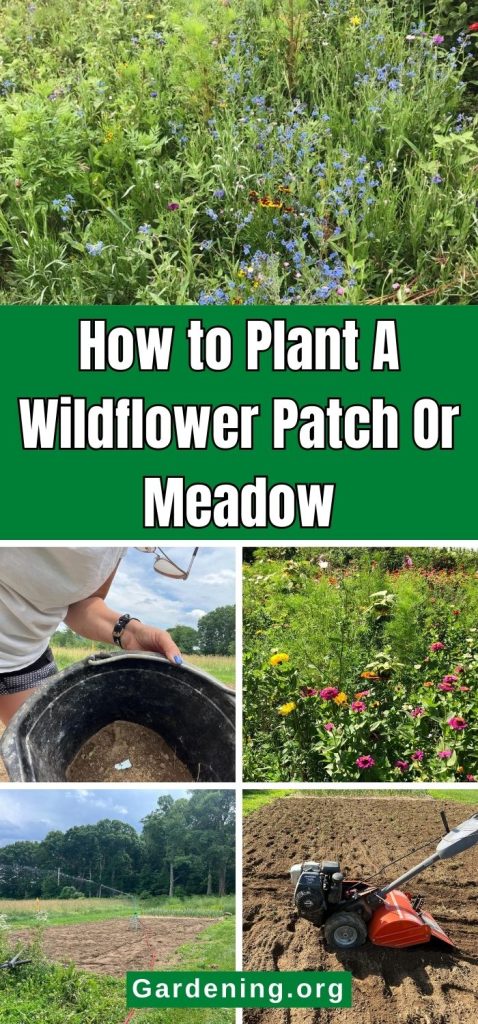
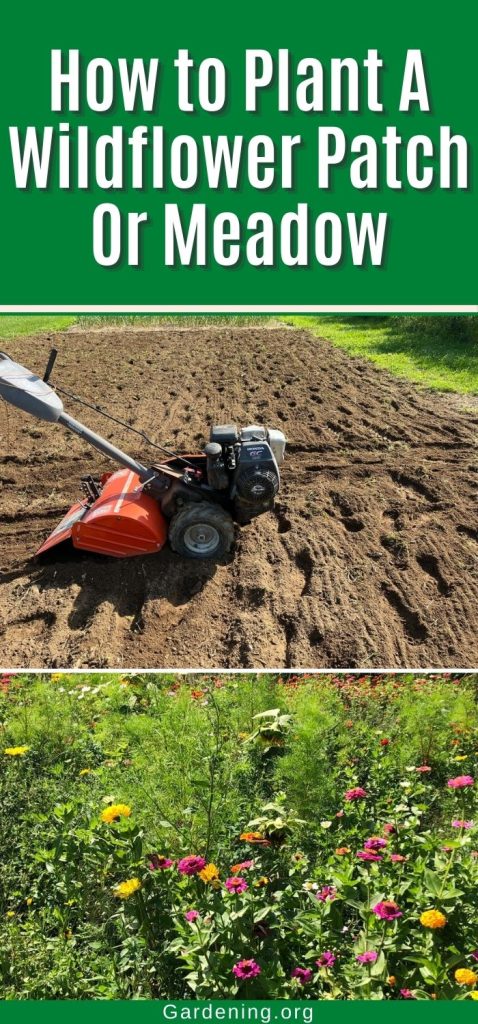
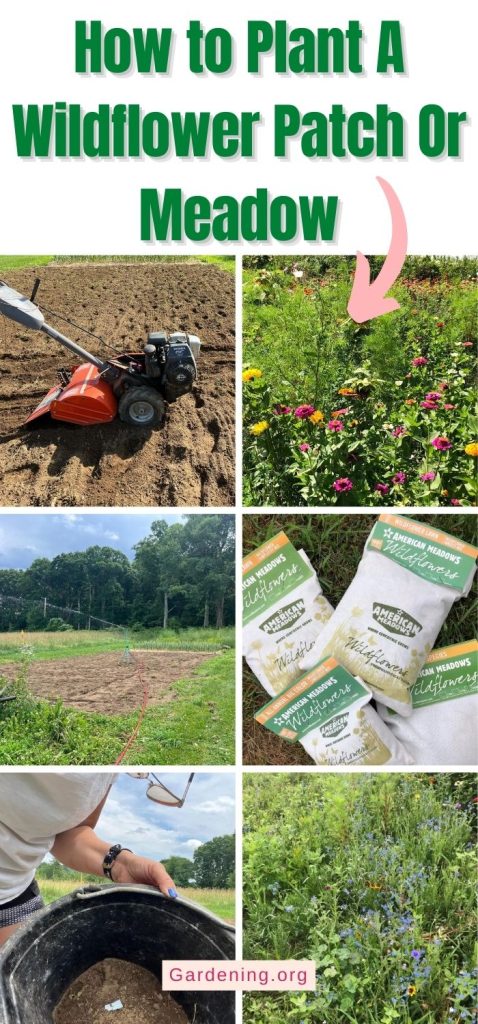
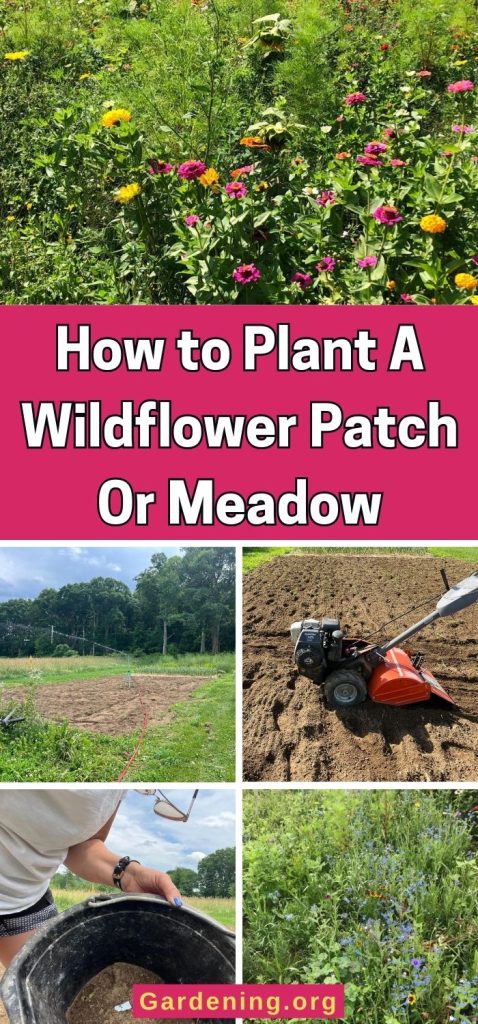

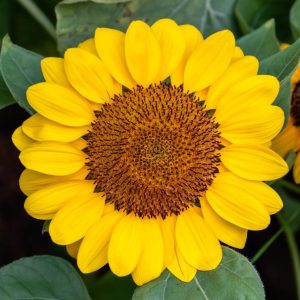
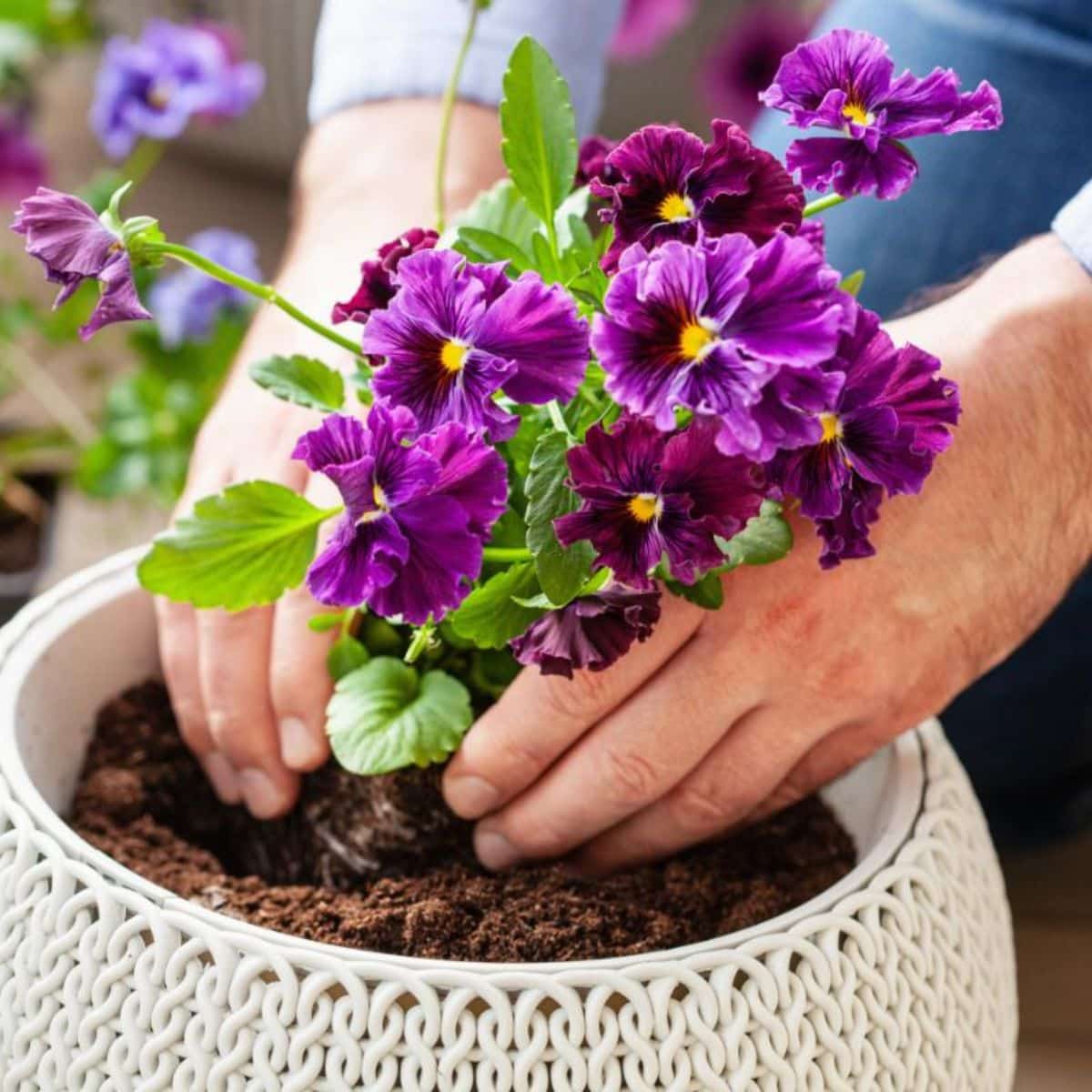
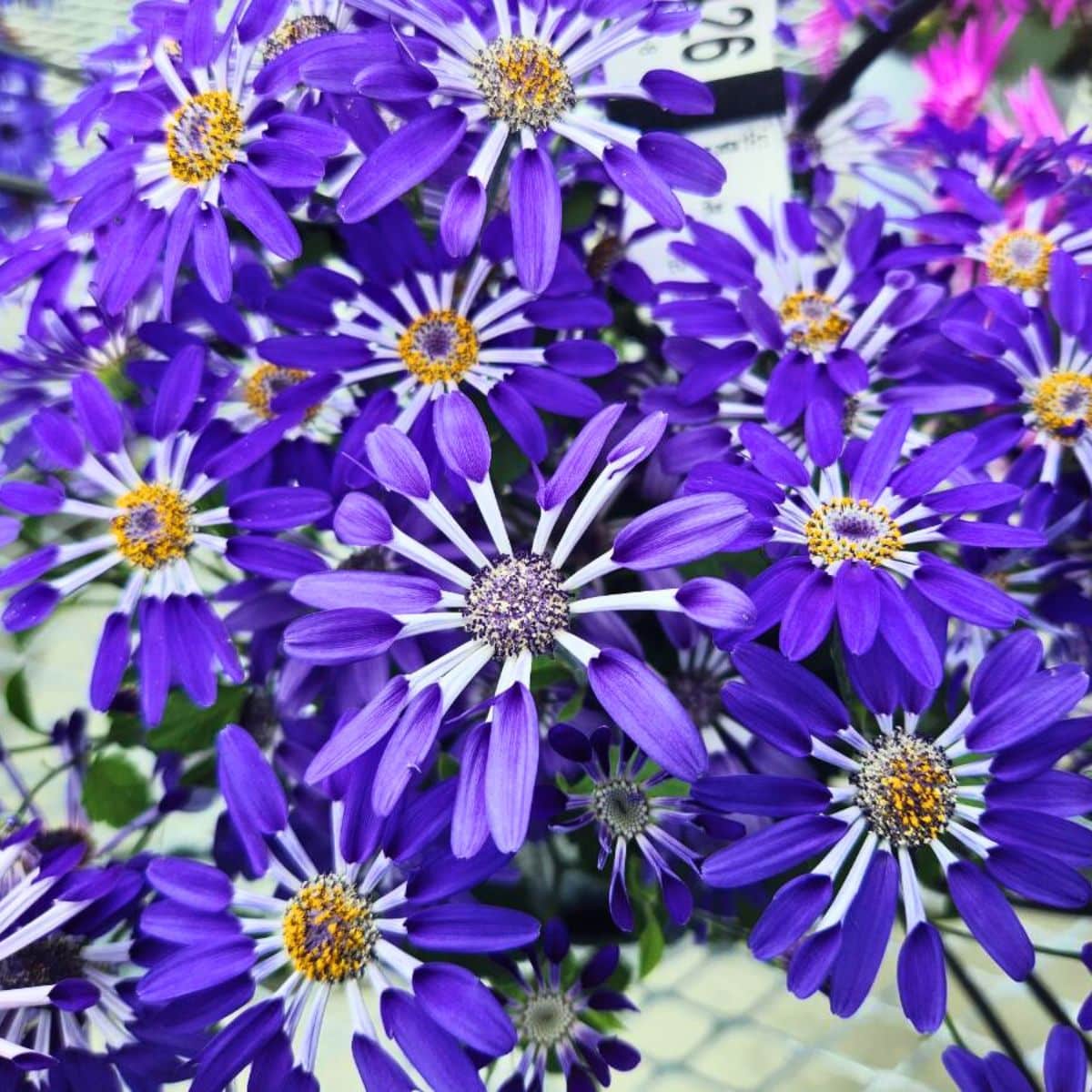
Susie Waggener
Wonderful help here. Photos enhance the information and motivate me to finish in a proper manner the meadow garden. Many thanks.